Understanding Stable Diffusion Strength Parameter for Beginners
The Stable Diffusion Strength Parameter, is key in image generation. It controls the noise level, influencing the consistency with the original image. High similarity implies low strength, and vice versa.
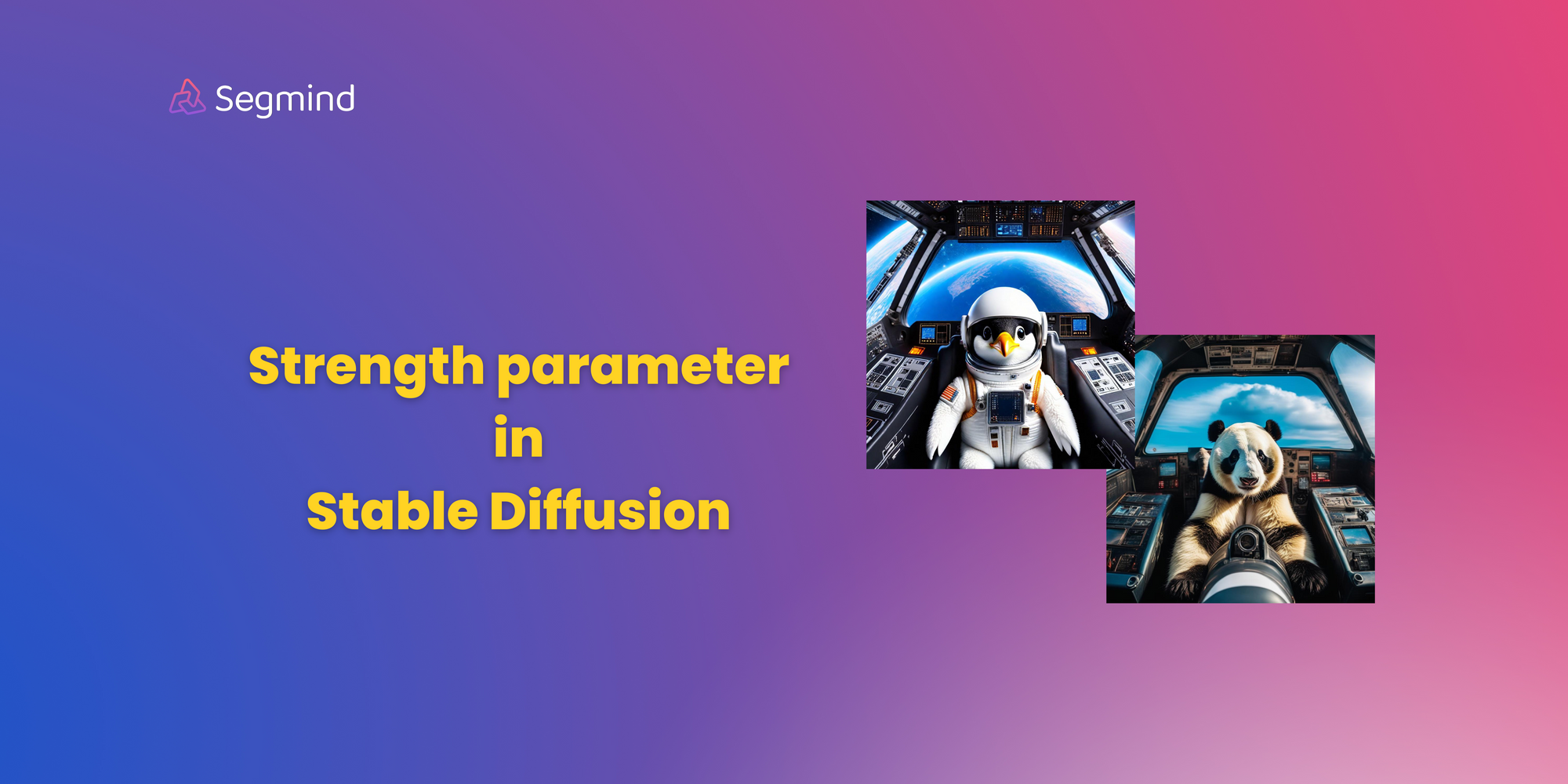
The Stable Diffusion Strength Parameter is a crucial component in the Image to Image mode of Stable Diffusion. It determines the level of noise that is added to the initial image while generating a new one. By adjusting this parameter, you can achieve better consistency with the original image and accomplish your creative objectives. Strength is also known as ‘Similarity to the image’. High similarity represents a strength value close to 0; Low similarity is the other end of the scale.
Impact of Strength Parameter in Stable Diffusion Models
In Stable Diffusion Models, the Strength Parameter plays a crucial role in determining the level of noise that is added during the image generation process. This parameter essentially controls the degree of randomness or unpredictability in the generated image.
When the Strength Parameter is set to a high value, more noise is introduced. This means that the generated image will have more random variations and less semantic consistency with the original image. In other words, the output will diverge more from the original image, potentially leading to more abstract or unexpected results.
On the other hand, if the Strength Parameter is set to a low value, less noise is added. This results in an output that is more semantically consistent with the original image, preserving more of its original features.
So, the impact of the Strength Parameter in Stable Diffusion Models is essentially a trade-off between maintaining semantic consistency with the original image and introducing creative variations in the generated output. It’s all about finding the right balance based on what you want to achieve with your image generation task.
Remember, though, that while higher strength values can lead to more creative and varied outputs, they can also result in outputs that are less recognizable or meaningful in relation to the original image. So it’s important to choose the Strength Parameter carefully based on your specific needs and goals.
Optimize Stable Diffusion Strength for Quality Results
Setting strength close to 0 will produce an image nearly identical to the original. While setting strength to 1 will produce an image that greatly differs from the original. When you’re aiming for optimal results - that is, you want to combine elements from the original image with the concepts outlined in the prompt - it’s often best to aim for Strength Parameter values between 0.4 and 0.6.
Here’s why:
Lower Strength Values (below 0.4): These tend to preserve more of the original image’s features, resulting in outputs that closely resemble the input. While this can be useful in some cases, it might not introduce enough of the new elements from the prompt, making the output less creative or varied.
Higher Strength Values (above 0.6): These introduce more noise and randomness into the process, which can result in more creative and varied outputs. However, they might also distort the original image’s features too much, making the output less recognizable or meaningful in relation to the input.
Optimal Strength Values (between 0.4 and 0.6): These offer a good balance between preserving the original image’s features and introducing new elements from the prompt. The outputs are likely to be creative and varied, yet still recognizable and meaningful in relation to the input.
Remember, these are just guidelines. The optimal Strength Parameter value can vary depending on the specific task and the desired output. It’s always a good idea to experiment with different values to see what works best for your specific needs.
Practical Examples of Stable Diffusion Strength Parameter Usage
Let us generate few images , where we will get to define the prompt and then check how various values of the strength parameter impacts the image generation process.
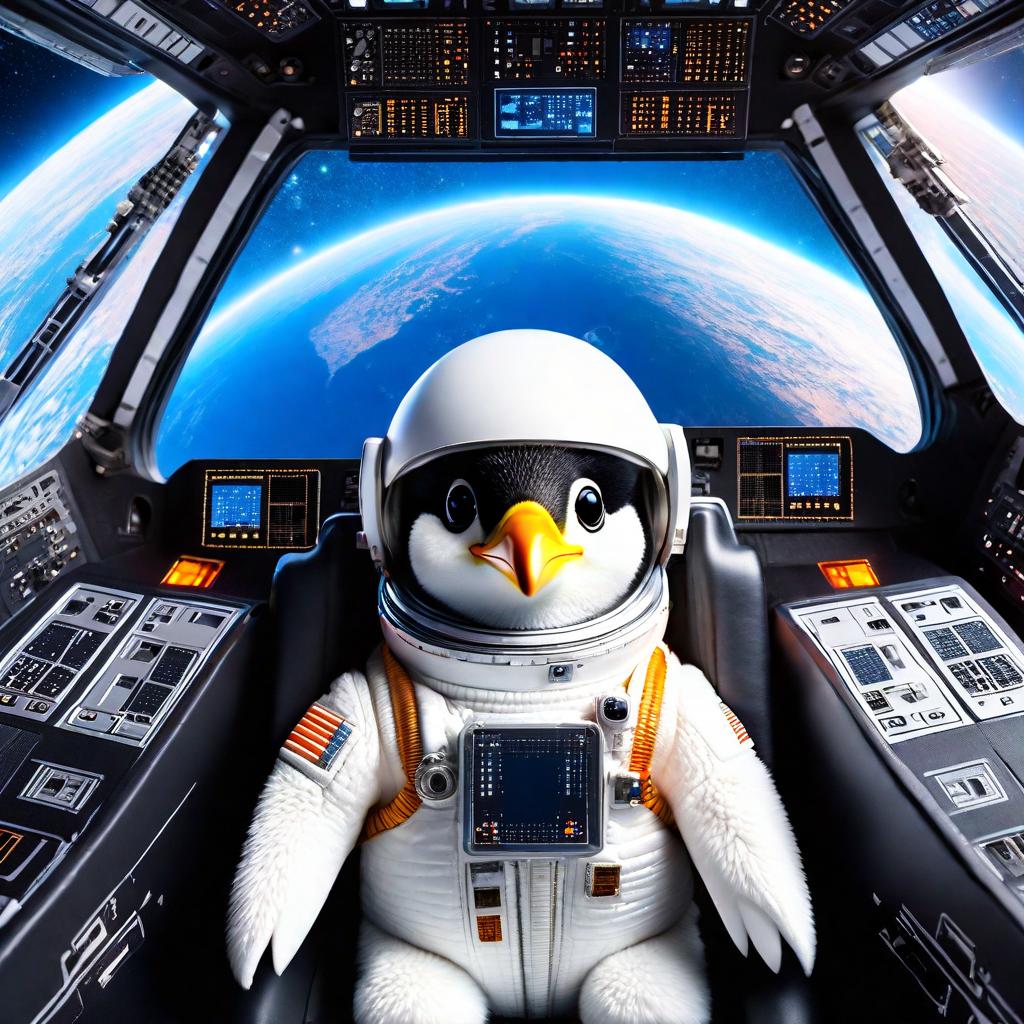
Prompt: cinematic photograph of panda in a cockpit of Airplane, vibrant background of sky shining

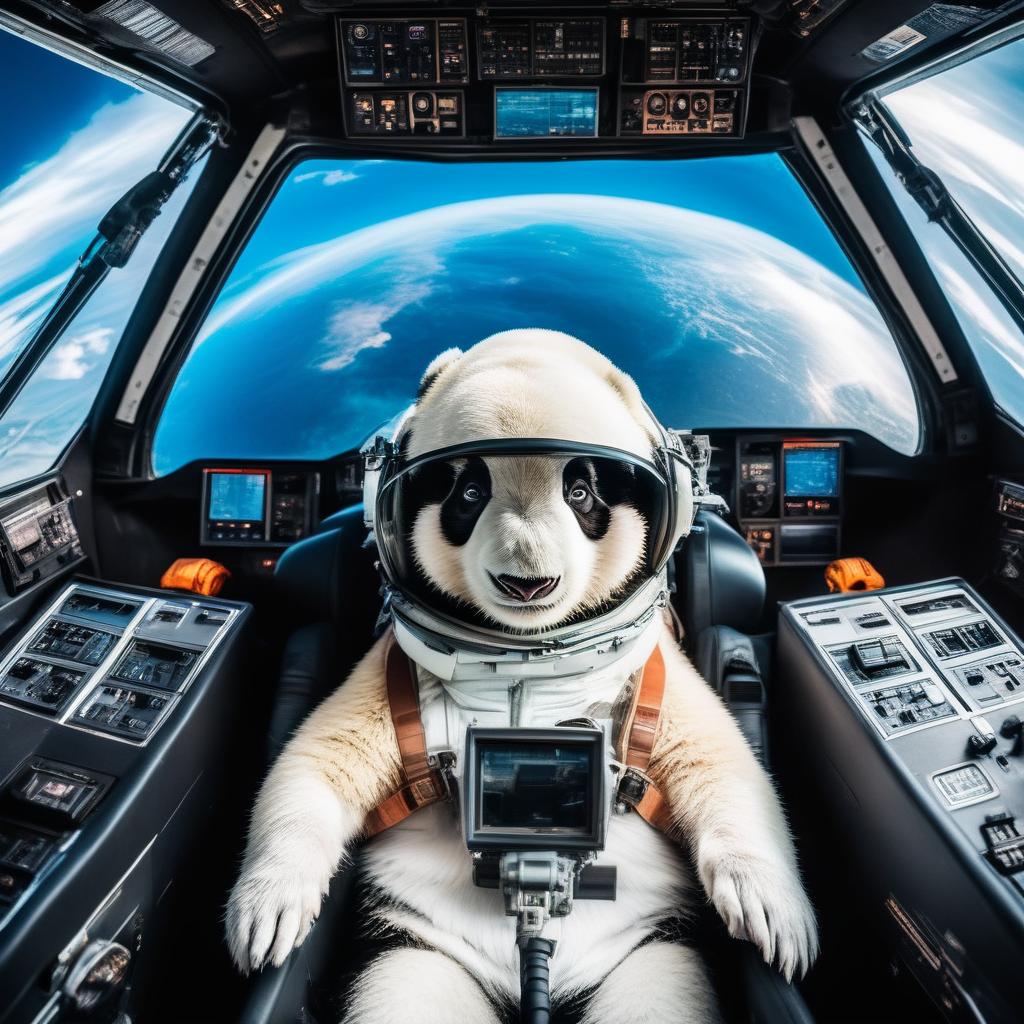
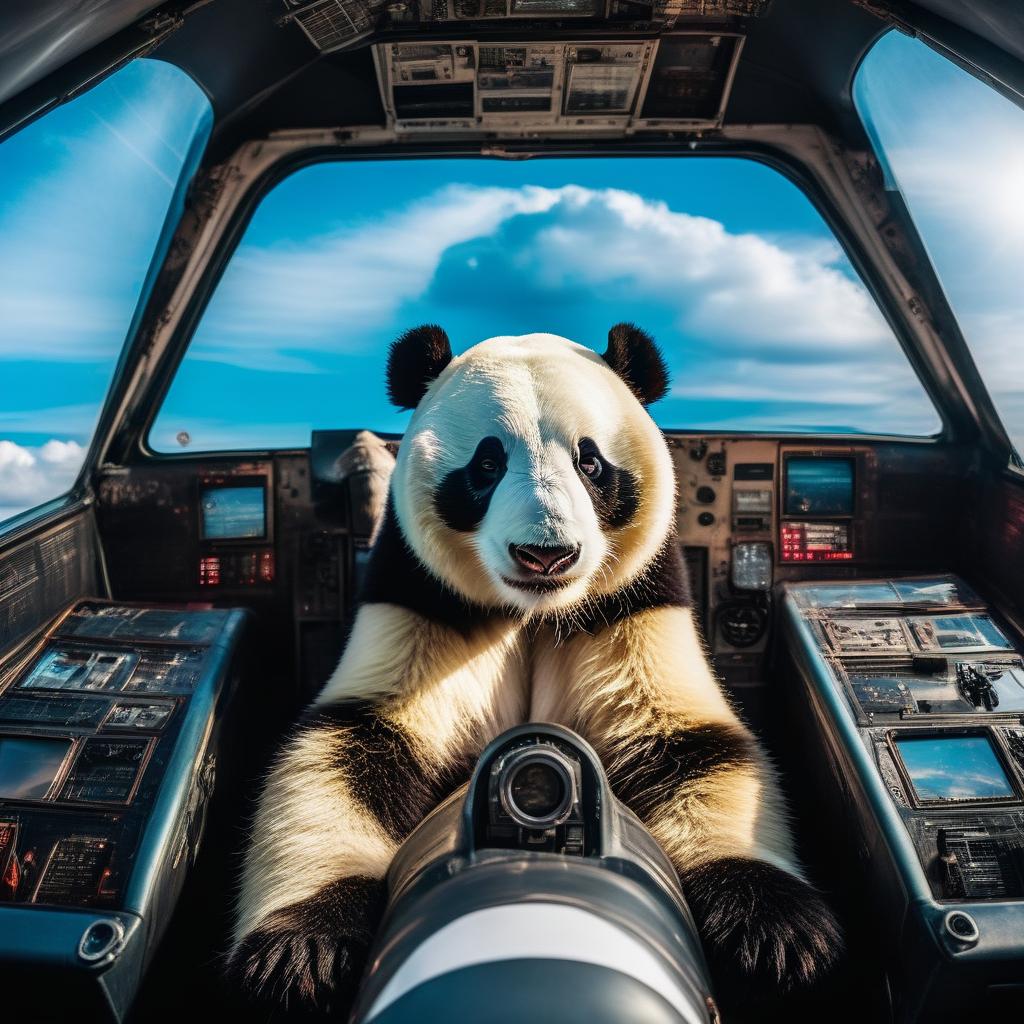
The impact of the strength parameter is evident from the images above. For a low value of 0.1, the generated image tends to retain the original features of the input image without introducing any noticeable novelty. In essence, the image remains largely unchanged to the naked eye. However, a significant contrast is observed in the second image, where the penguin in the original image transforms into a panda as specified in the prompt, while the surrounding composition remains relatively unchanged. The third image, generated with a higher parameter value of 0.8, adheres to the specified prompt by not only altering the subject of the input image but also making subtle changes to the surroundings.
For the next image, let's attempt to transform it into a Pixar-style illustration.
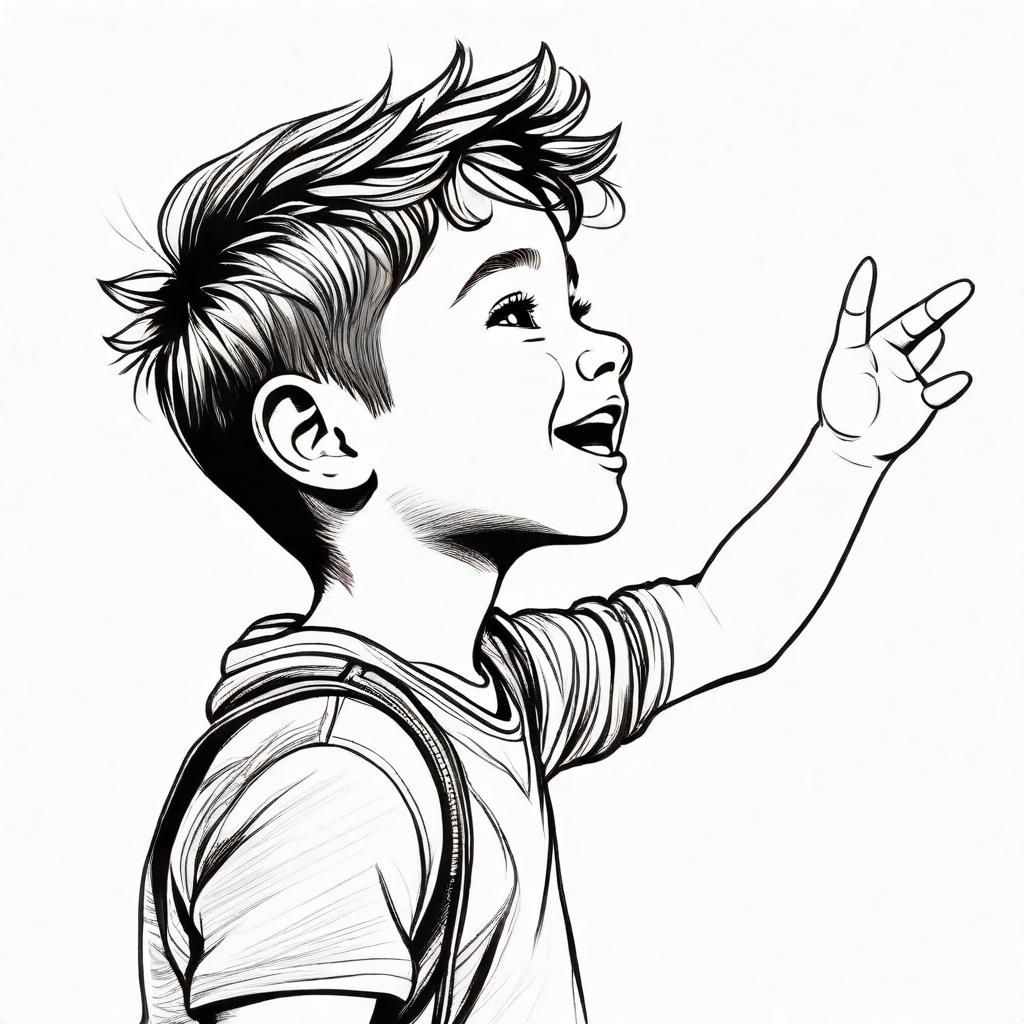
Prompt : a cute, happy boy looking at sky , Pixar style , high resolution , 8k
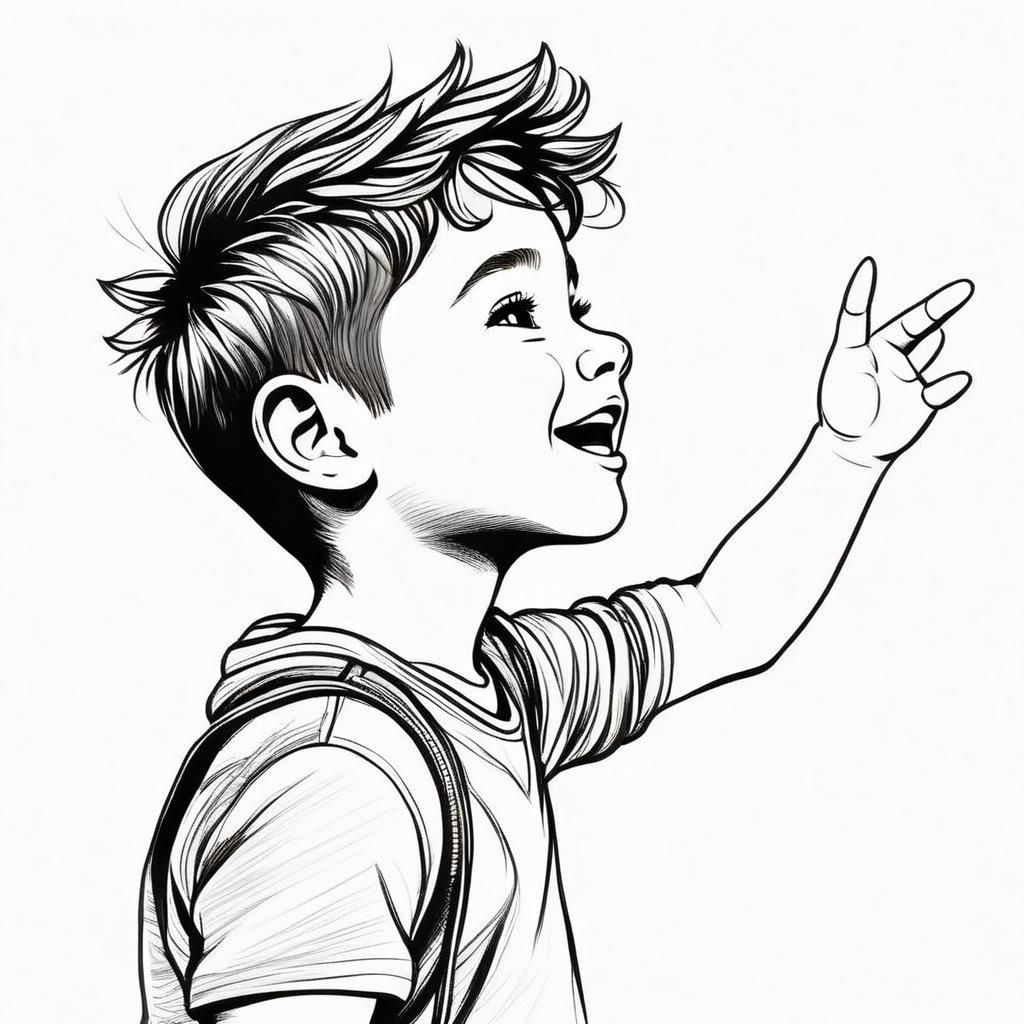
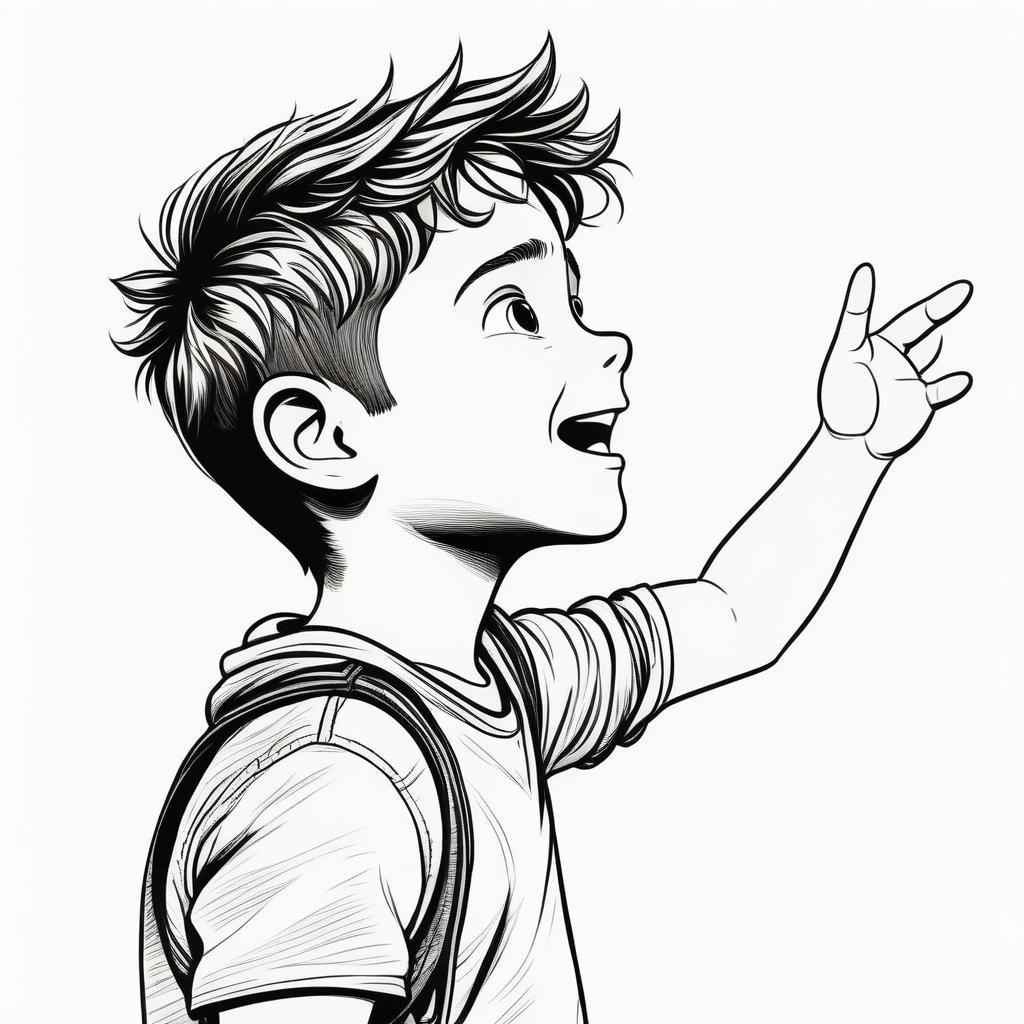

When set to a low value of 0.1, the resulting image maintains the original features of the input without notable alterations. However the initial depiction of a boy undergoes a small transformation as we can see the changes in the eyes and way in which character is depicted when the strength parameter value is increased to 0.5 . While the surrounding elements remain relatively consistent, the boy's portrayal becomes distinctly animated and reminiscent of Pixar aesthetics, refining the boy's appearance.
Now let us take the image of a tiger and try to transform it into a cyberpunk style image.
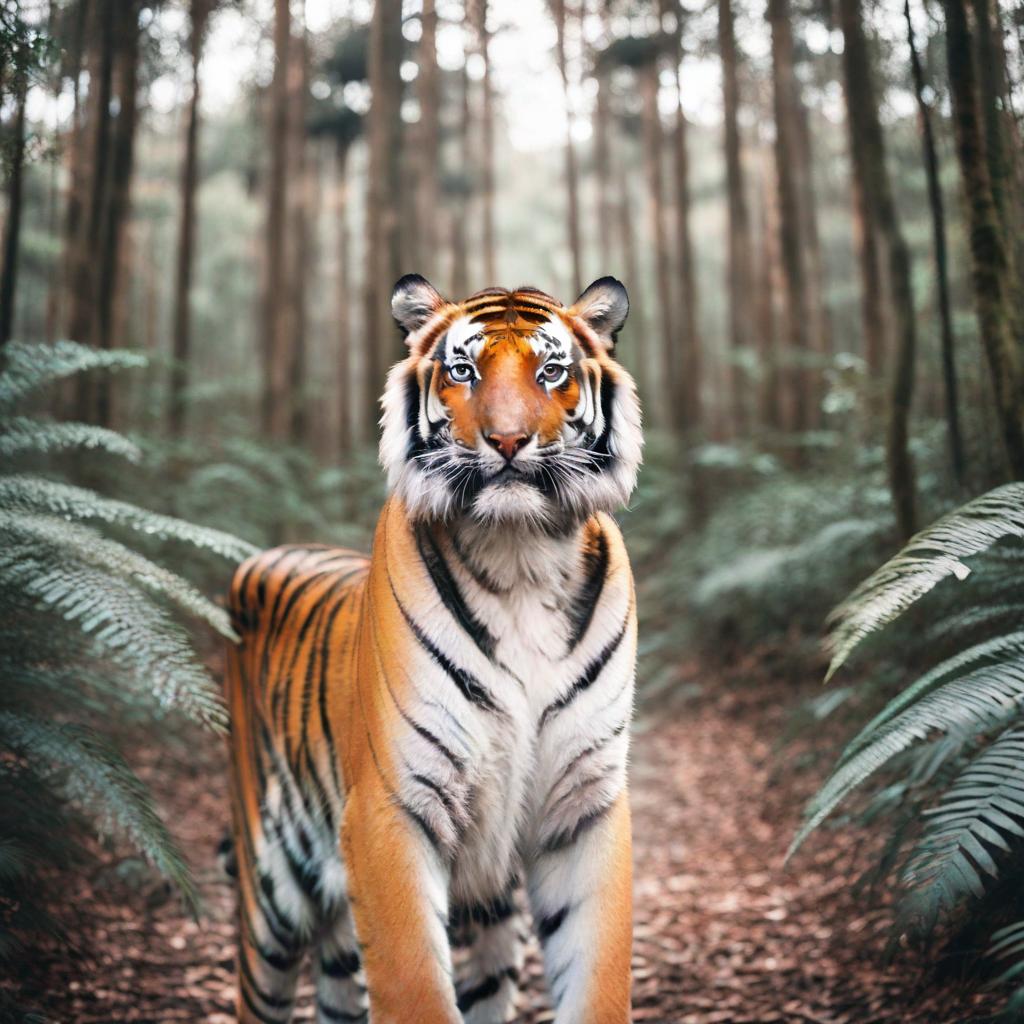
Prompt : wide angle portrait photography of a male tiger in a forest,, muted palette, soft colors, detailed, 8k
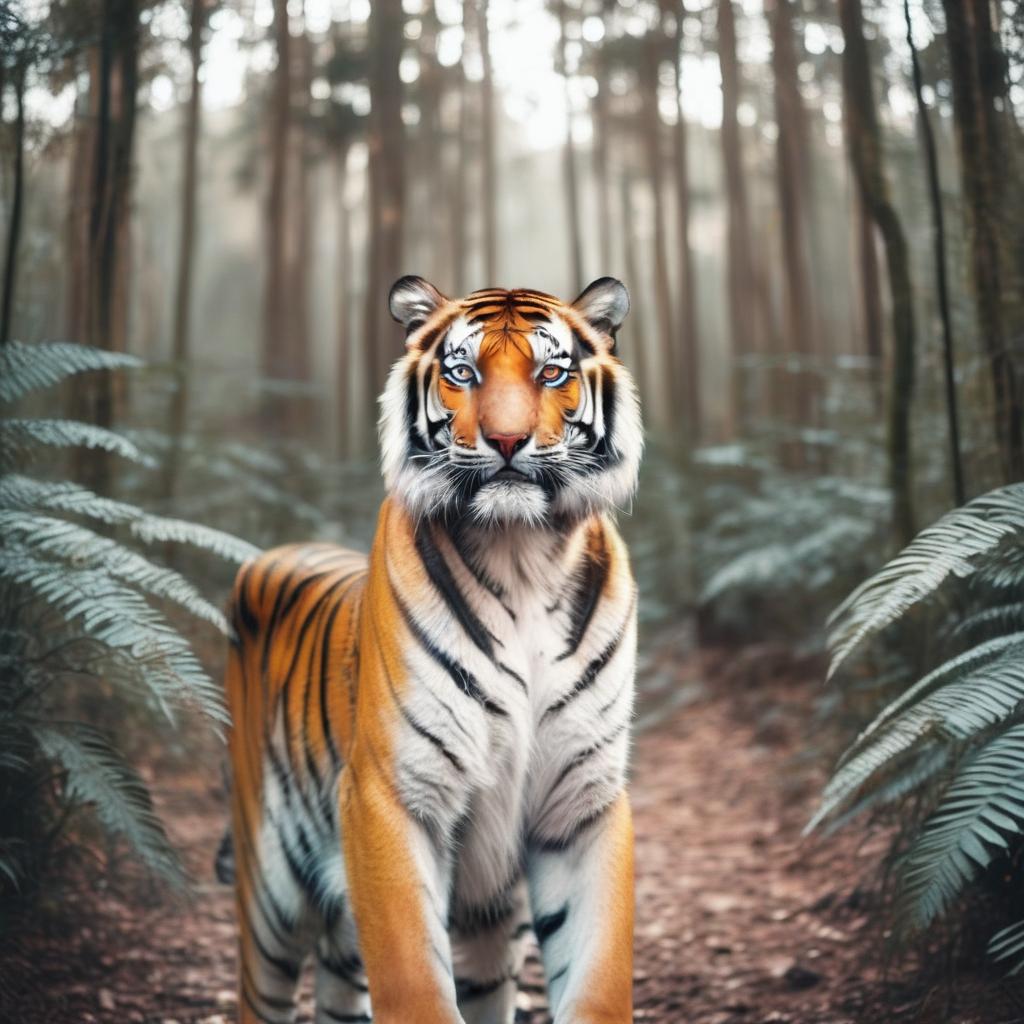
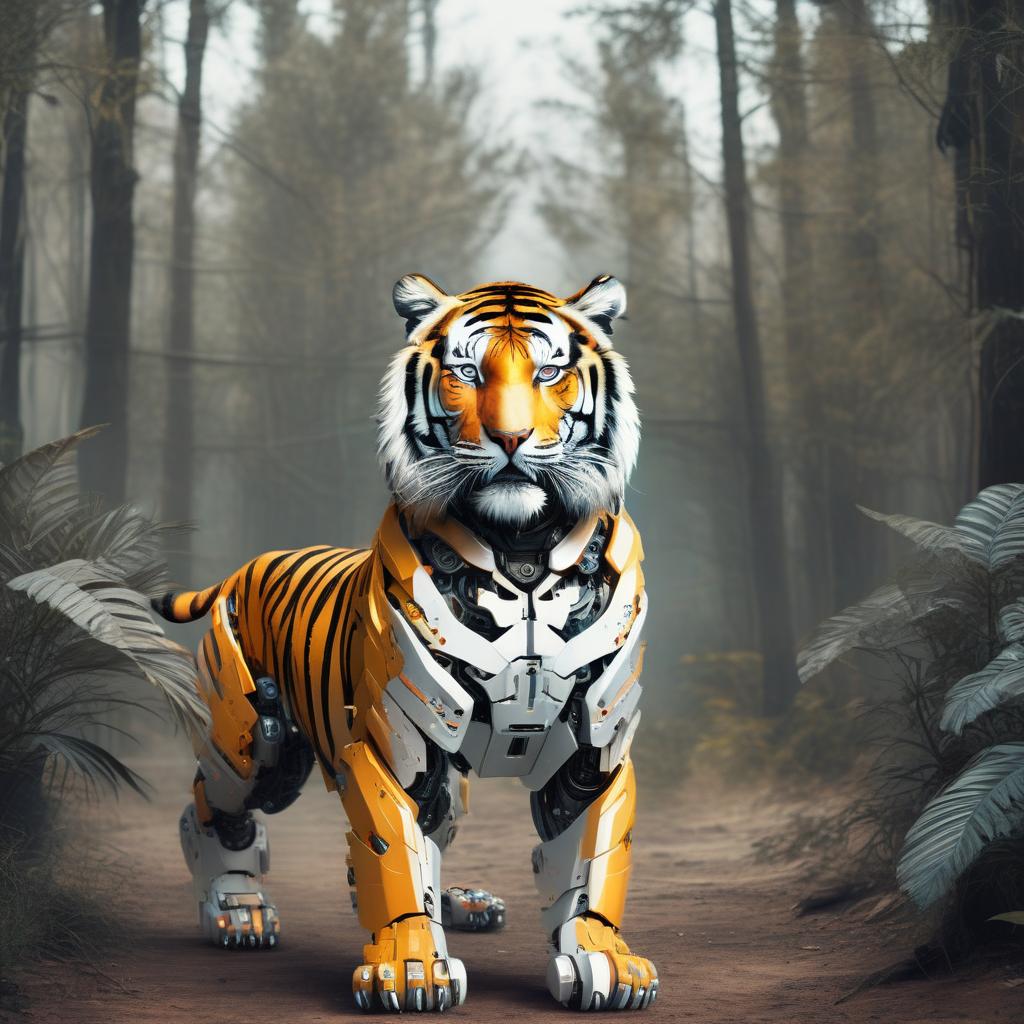
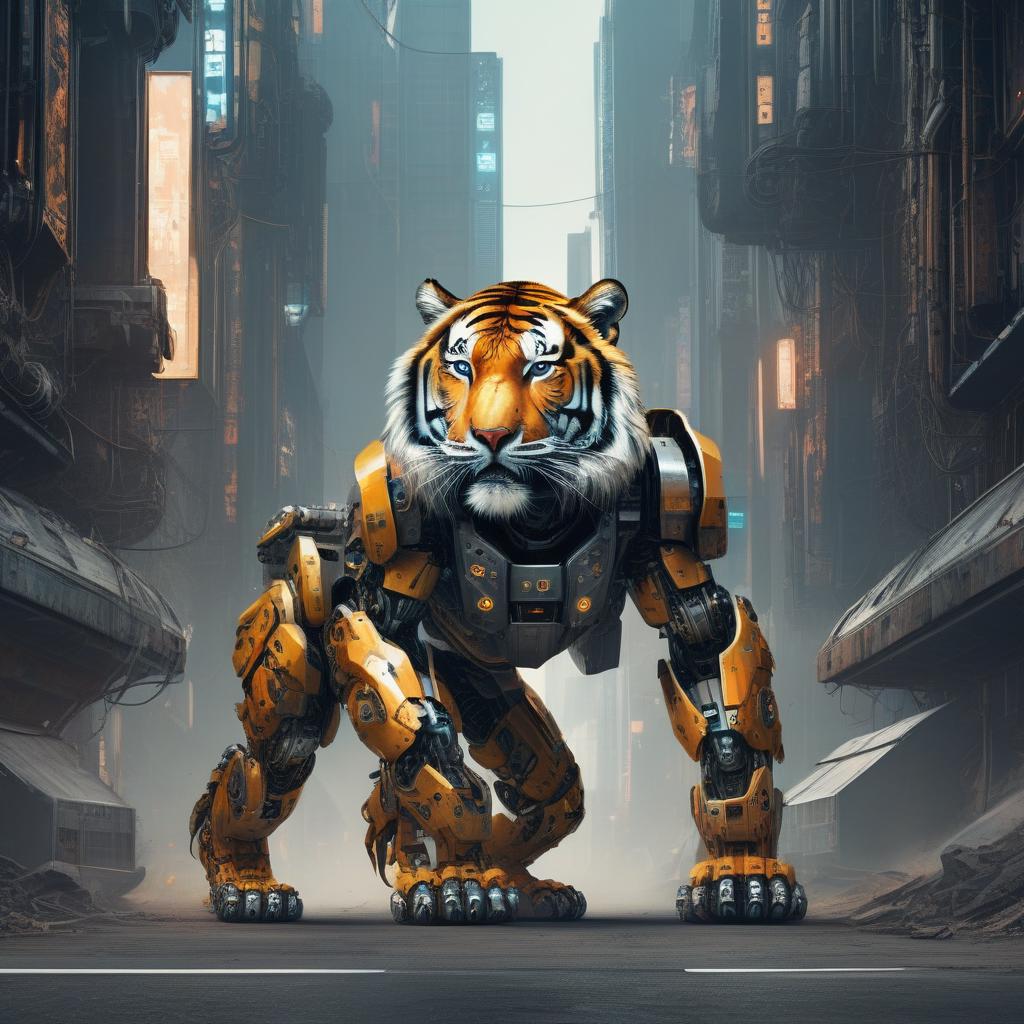
We can see from the third image that features image generated using a high valued strength parameter. The image depicts a futuristic and surreal scene where a large robotic exoskeleton suit has the head of a fierce-looking tiger. The mechanical armor, colored in shades of orange and black, is heavily armed and has a powerful, imposing presence is in stark contrast when compared to the input image. Thus using a high strength parameter value is desired as it not only preserves the quality of the original image but also introduces captivating new elements, infusing the composition with increased creativity.
Conclusion
The Stable Diffusion Strength Parameter is a key factor in the Image to Image mode of Stable Diffusion. It controls the level of noise added during image generation, influencing the balance between original image consistency and creative variation. The parameter, also known as ‘Similarity to the image’, ranges from high similarity (low strength, close to original) to low similarity (high strength, highly varied). For optimal results, a balance is often found with values between 0.4 and 0.6, preserving meaningful features while introducing creative elements. However, these are guidelines and experimentation is encouraged for task-specific optimization.

